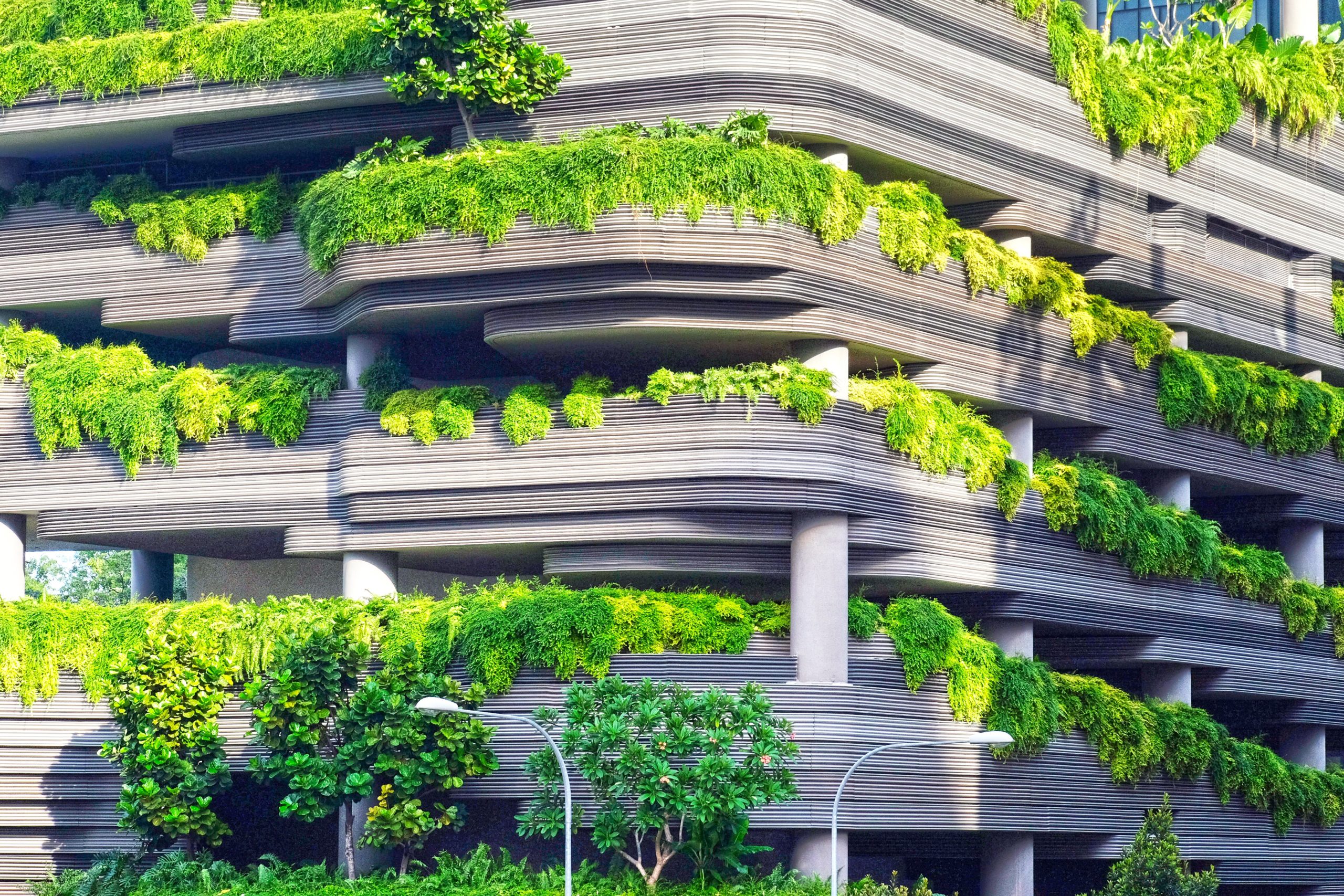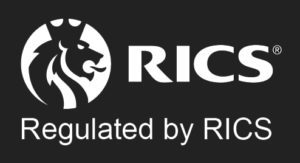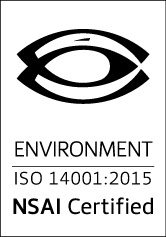A Green Lifeline to Rescue Stranded Assets

Environmental, Sustainable & Governance (ESG) requirements for buildings are becoming of increasing importance to both investors and occupiers for buildings. There is no doubt that ESG will become an increasingly prevalent element within the commercial real estate (CRE) landscape, becoming an important driver of asset value. This means current owners will be facing important considerations. How do you attract good quality occupiers, achieve strong rents and ensure a competitive market of buyers for your asset at exit. ESG-led objectives are becoming increasingly commonplace in investment and fund criteria for institutional real estate owners. As these owners are significant sources of capital in CRE markets a likely result will be a somewhat forced divestment from ‘brown’ assets (non-ESG compliant assets) and a channelling of capital towards ‘green’ (ESG compliant) assets.
The market is not balanced, green assets in Ireland are typically buildings constructed or extensively refurbished after the 2014 Building Regulations came into play. We estimate that the green market comprises less than 15% of Dublin’s office stock, with the majority of this space located in Dublin 2 and Sandyford, the prime office locations. With multiple players competing for a limited supply of stock and available capital being funnelled into this small sector an expectation is prices will be driven up by competitive bidding in both the investor and occupier markets. The net effect of these events will be an increase in asset value through growth income complimented by strong occupier covenants and yield compression.
By contrast, we expect a shift in the brown asset market. Company mandates or client requirements will oblige some occupiers to occupy green buildings, seeing the demand for brown space shrink and the market becoming increasingly oversupplied. The pressures resulting from falling demand and increased void costs, will create a lower rent environment. An exit of institutional grade investors will see the demand drop for these buildings with ESG rules preventing purchase. The remaining investors will have to consider the cost and value associated with bringing an asset into the green market. While the market for this in prime locations may be viable, there are greater challenges for suburban/out of centre locations where the end rental value that can be achieved may not support viability of refurbishment.
Rescuing these potentially stranded buildings represents an opportunity for investors and developers and Bannon working with our sustainability business Evia are available to provide technical insights to ESG building upgrades. Feel free to reach out to discuss.
Author: George Colyer, Surveyor, Bannon
Date: 9th June 2023





